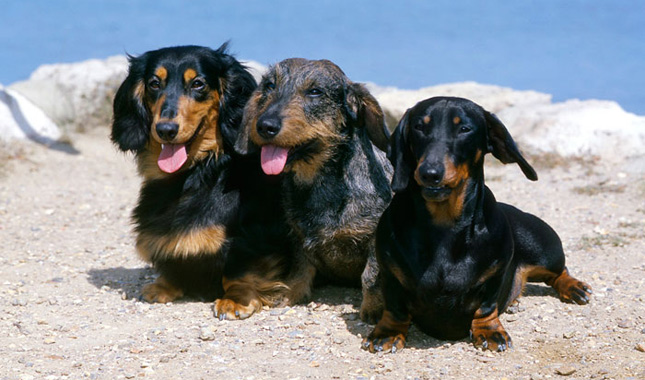The Dachshund’s most striking feature is undoubtedly its elongated body paired with short, sturdy legs. This unusual body shape, often likened to a “wiener dog” or “sausage dog,” is not just for show – it’s a testament to the breed’s original purpose and remarkable adaptability. For those wondering what were dachshunds bred for, the name itself provides a clue. “Dachshund” comes from the German words “dachs” (badger) and “hund” (dog), literally translating to “badger dog,” clearly indicating the breed’s initial purpose and German heritage.

What were Dachshunds bred for?
Initial purpose: Badger hunting
The Dachshund history began in Germany during the 15th century when they were specifically bred for hunting badgers. Their distinct body shape enabled them to chase their prey into underground burrows, something that larger hunting dogs were unable to do.
Development over time
As the breed developed, Dachshunds were also employed to hunt other burrowing animals like rabbits and foxes. Their adaptability and bravery made them indispensable to hunters throughout Europe.
| Hunting Target | Dachshund Advantage |
| Badgers | Low-to-ground body for entering burrows |
| Rabbits | Keen sense of smell for tracking |
| Foxes | Courage and tenacity in pursuit |
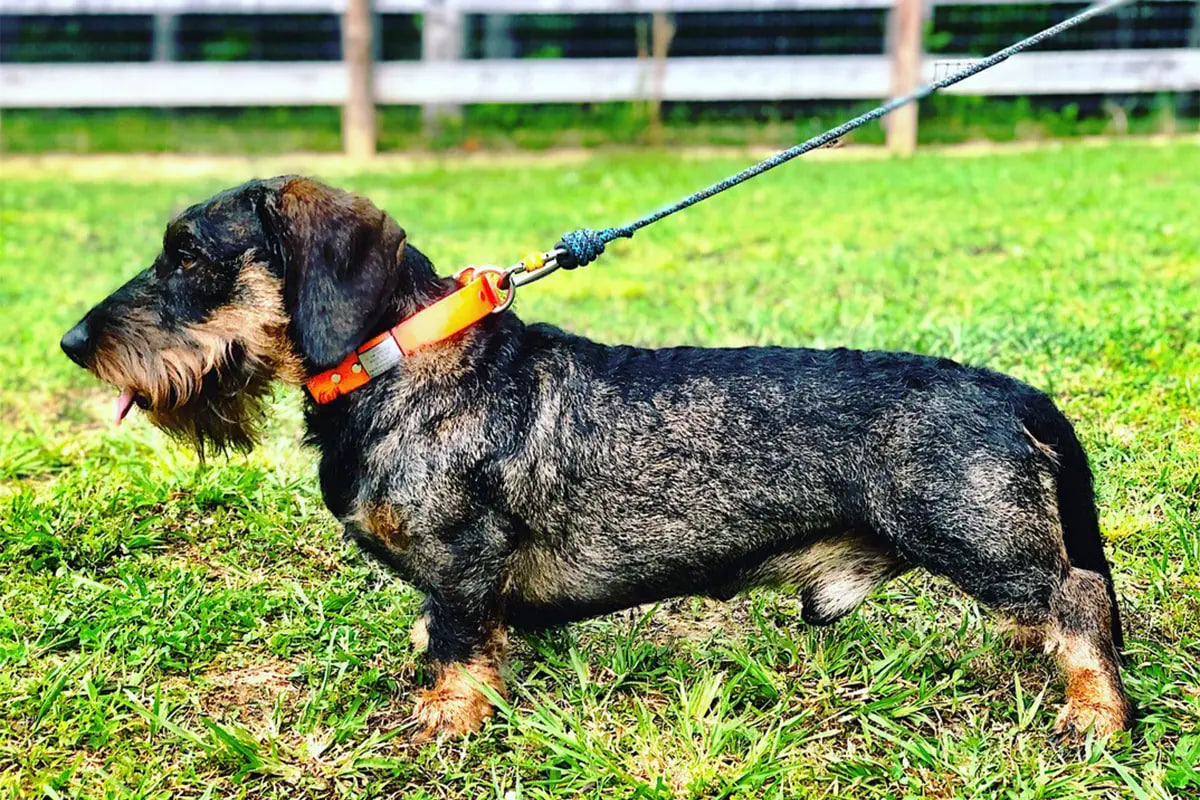
Biological features for hunting
Long body, short legs
The Dachshund’s elongated body and short legs are not merely aesthetic features but highly functional adaptations for their original hunting purpose.
- Advantages in navigating burrows: The breed’s long, low body allows it to easily enter and maneuver through narrow underground tunnels, pursuing prey that other dogs couldn’t reach.
- Agility and maneuverability: Despite their seemingly awkward proportions, Dachshunds are surprisingly agile. Their short legs provide stability and allow for quick turns in confined spaces.
Keen sense of smell
Dachshunds possess an exceptional sense of smell, which was crucial for tracking prey both above and below ground. This olfactory prowess continues to serve them well in modern scent work and tracking activities.
Strength and courage
Don’t let their small size fool you – Dachshunds are known for their strength and bravery. These traits were essential for confronting fierce badgers in their dens and continue to manifest in their bold personalities today.

Dachshunds in the modern world
Role as pets
Today, Dachshunds are primarily kept as companion animals, cherished for their loyalty, intelligence, and playful nature. Their adaptability to various living situations makes them popular pets in both urban and rural settings.
Sports and competition activities
Dachshunds excel in various dog sports and competitions, including:
- Earthdog trials
- Agility courses
- Obedience competitions
- Scent work
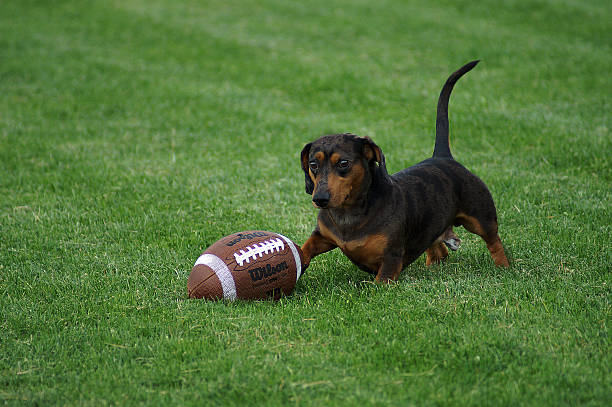
Sports and competition activities
Special assistance work
Some Dachshunds have found new purpose in therapeutic roles:
- Therapy dogs in hospitals and nursing homes
- Emotional support animals
- Participants in reading programs for children
Care and training of Dachshunds
Appropriate nutrition
Proper nutrition is crucial for maintaining a Dachshund’s health, especially given their propensity for weight gain. Knowing the recommended dog food for dachshunds is essential, as a balanced diet tailored to their size and activity level is necessary.
| Nutritional Need | Importance |
| Portion control | Prevents obesity and related health issues |
| High-quality protein | Supports muscle maintenance |
| Joint supplements | Promotes spinal health |
Exercise and training
Regular exercise is vital for Dachshunds to maintain a healthy weight and prevent boredom. For those wondering How much exercise does a dachshund need?, it’s important to note that training should focus on positive reinforcement techniques. Although the breed can be stubborn, they respond well to rewards.
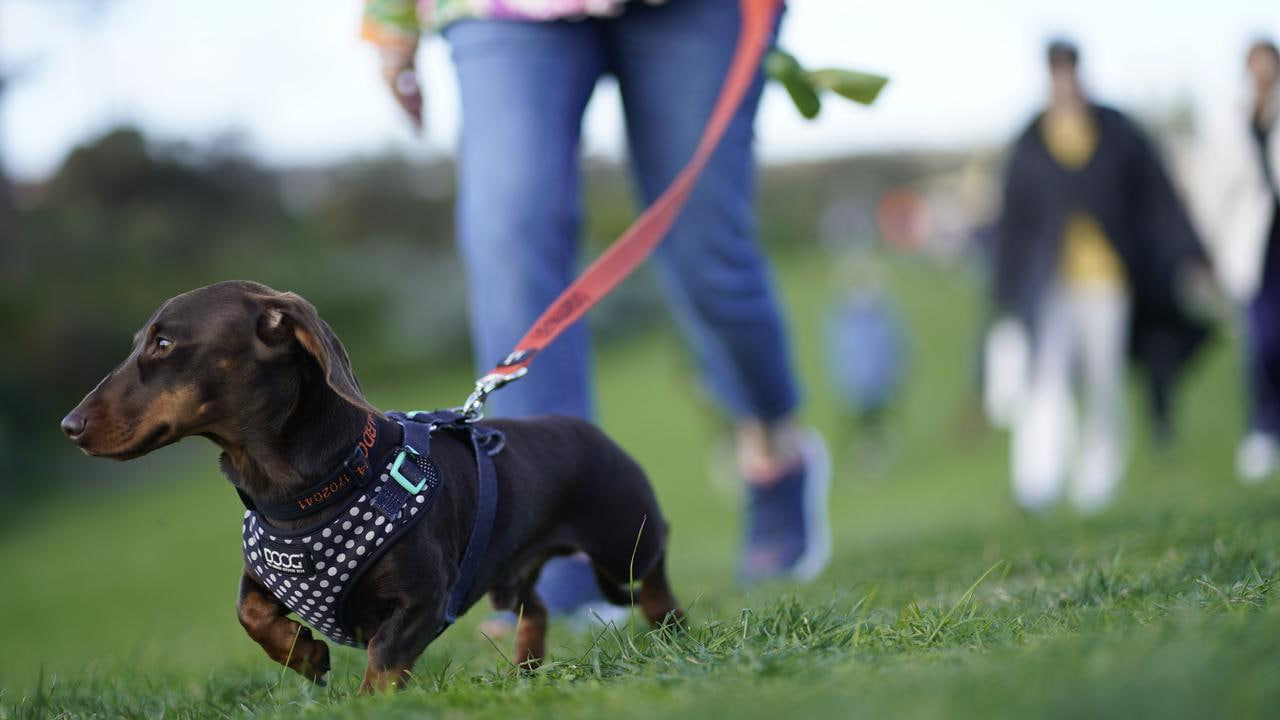
Frequently Asked Questions About What were dachshunds bred for?
Q: Are Dachshunds still used for hunting today?
A: While some Dachshunds are still used for hunting small game, many are now kept as family pets due to their affectionate nature and adaptability.
Q: How have Dachshunds adapted to modern roles?
A: Besides being pets, Dachshunds excel in various roles such as competitive sports, therapy work, and scent detection, thanks to their intelligence and strong sense of smell.
Q: Why do Dachshunds have such long bodies and short legs?
A: Their elongated bodies and short legs were specifically developed to help them dig into badger burrows and navigate through tight underground tunnels.
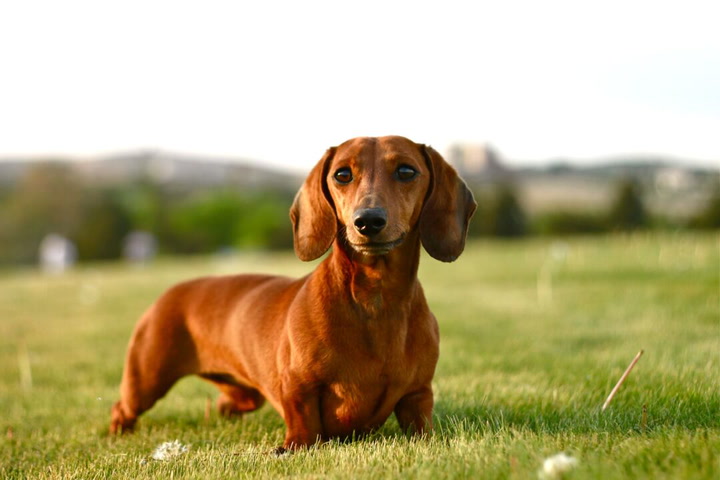
Conclusion
The Dachshund’s transition from a specialized badger hunter to a cherished family pet highlights the breed’s adaptability and lasting charm. While What were dachshunds bred for? initially defined their unique physical traits and temperament, these same characteristics have enabled them to excel in various roles today. Whether participating in competitive sports or providing therapy, Dachshunds continue to demonstrate their versatility and worth. As we enjoy these delightful dogs in our homes and communities, it’s essential to honor their rich history and offer the care and attention necessary for a healthy, happy life.

Cuddle Companions is your go-to resource for everything you need to keep your furry friends happy and healthy. We specialize in providing detailed and helpful information about the best foods, treats, and care practices for pets of all kinds. Whether you’re a seasoned pet owner or a new puppy parent, our team of experienced and passionate experts is dedicated to offering reliable advice and recommendations. At Cuddle Companions, we believe that a well-cared-for pet is a happy pet, and we’re here to help you every step of the way. Visit us at [bestdogfoodfordachshunds.net] for more information and resources.

